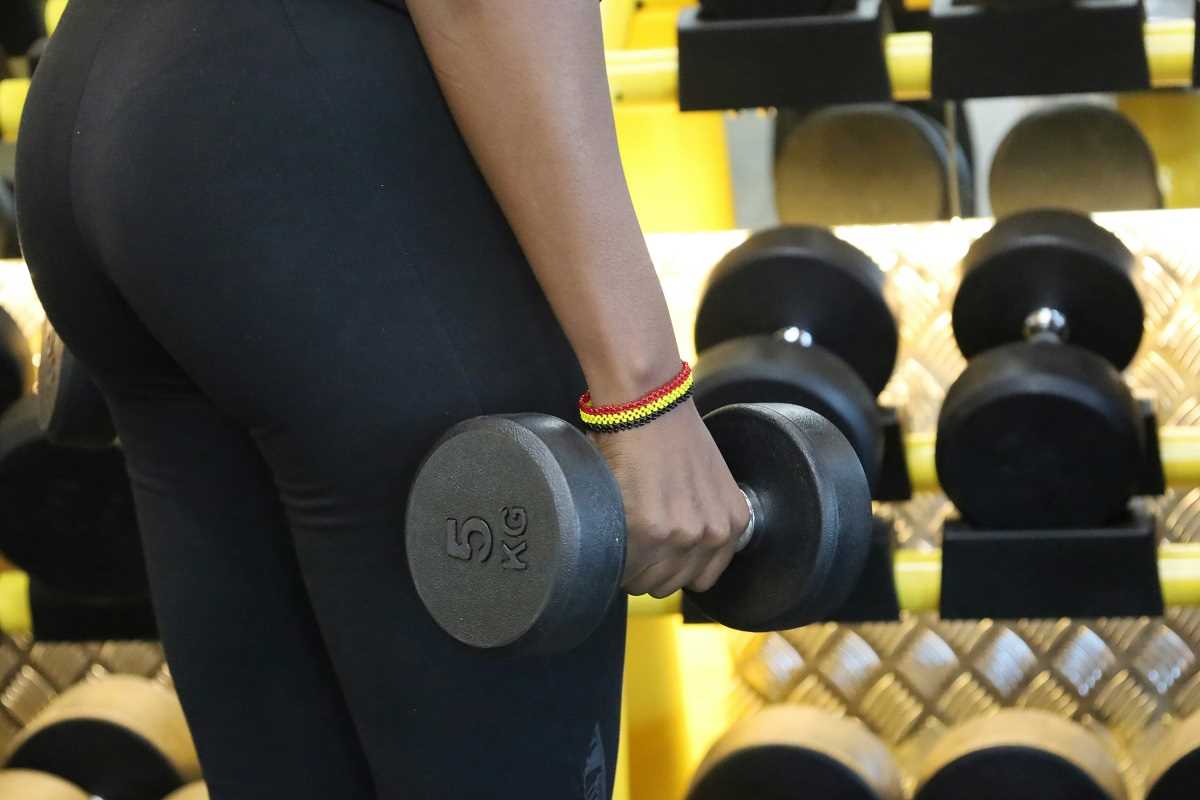Altitude training has become essential for many marathon runners aiming to enhance their endurance and overall performance. By training at higher elevations, athletes can induce physiological adaptations that translate into improved stamina and efficiency when competing at sea level. This training method is particularly relevant for marathoners seeking to push their limits and achieve personal best in their races.
Understanding the benefits and potential challenges of altitude training is crucial for marathoners. Here, we'll explore the physiological effects, various training methods, associated risks, integration strategies, and the importance of monitoring progress to maximize endurance through altitude training.
Physiological Effects of Altitude Training
Training at altitude brings about several significant changes in the body that contribute to enhanced endurance. These physiological adaptations improve the body’s efficiency in utilizing oxygen, which is paramount for long-distance running.
- Increased Red Blood Cell Production: Exposure to lower oxygen levels stimulates the production of erythropoietin (EPO), a hormone that promotes the formation of red blood cells. This increase enhances the blood’s capacity to transport oxygen to muscles.
- Enhanced Oxygen Utilization: The body becomes more efficient at using the available oxygen, allowing muscles to perform better during prolonged physical activity.
- Improved Mitochondrial Density: Mitochondria, the powerhouses of cells, become more abundant and efficient, boosting the body’s ability to generate energy aerobically.
- Better Buffering Capacity: The muscles develop a greater ability to buffer lactic acid, delaying the onset of fatigue during intense exercise.
Methods of Altitude Training for Marathoners
Marathon runners can incorporate altitude training into their routines using several approaches. Each method offers unique benefits and can be tailored to an athlete’s specific needs and circumstances.
- Live High, Train Low: Athletes live at high altitudes to gain the physiological benefits of altitude adaptation while training at lower altitudes to maintain training intensity and quality.
- Live Low, Train High: Runners continue to live at lower elevations but train at higher altitudes. This method allows for high-intensity workouts while still reaping some altitude benefits.
- Intermittent Hypoxic Training: Short, repeated bouts of training in hypoxic conditions simulate high-altitude environments without the need for relocating permanently.
- Altitude Camps: Spending extended periods, typically a few weeks, at high-altitude training centers to fully adapt to the reduced oxygen levels.
Risks and Considerations
While altitude training offers numerous benefits, it also has potential risks. Marathoners must be aware of these challenges to ensure their training remains safe and effective.
One of the primary concerns is the risk of altitude sickness, which can manifest as headaches, nausea, dizziness, and fatigue. Severe cases may require immediate descent to lower altitudes. The body may temporarily decrease performance as it adjusts to the lower oxygen levels. Proper acclimatization, gradual ascent, and adequate hydration can help mitigate these risks.
Integrating Altitude Training into a Marathon Schedule
Incorporating altitude training into a marathon preparation plan requires careful planning and consideration of the athlete’s overall training cycle. Aligning altitude training periods with other training phases is essential to maximize benefits without overtraining.
Timing is crucial; altitude training is most effective when implemented during the base or build phases of training. This allows for adequate adaptation before tapering and peak performance during the race. Balancing altitude sessions with adequate rest and recovery ensures that the body can adapt without becoming overly fatigued.
Monitoring Progress and Adjustments
Tracking the effectiveness of altitude training is vital to ensure that marathoners are progressing toward their endurance goals. Various tools and techniques can aid in monitoring improvements and making necessary adjustments to the training plan.
Using heart rate monitors and tracking blood oxygen levels can provide immediate feedback on how the body adapts to altitude conditions. Regular performance testing, such as time trials and VO2 max assessments, can help identify improvements in aerobic capacity and endurance. Based on these metrics, adjusting training intensity, duration, and altitude exposure ensures continuous progress and prevents plateaus.
Tracking Your Progress
Incorporating feedback from these monitoring tools allows athletes to fine-tune their training regimens, address weaknesses, and enhance strengths. Maintaining a training journal to record subjective experiences, such as perceived exertion and recovery quality, can also offer valuable insights into the effectiveness of altitude training.
Apps like Strava and TrainingPeaks allow you to log your runs, analyze data trends, and even compare workouts against previous sessions. These platforms can provide detailed metrics, including cadence, training load, and recovery times, helping to fine-tune your regimen. Pairing this objective data with subjective feedback, such as noting how you feel during and after sessions, completes the picture. Keeping a training journal is especially helpful for this, as it allows you to monitor perceived exertion, energy levels, and sleep quality.
Maximizing endurance through altitude training offers marathon runners a strategic advantage in their quest for improved performance. By understanding the physiological benefits, choosing the appropriate training methods, mitigating risks, and diligently monitoring progress, athletes can effectively integrate altitude training into their marathon preparation.
Considering the substantial benefits of altitude training, marathoners are encouraged to explore this method as a valuable component of their training regimen. With careful planning and execution, altitude training can significantly improve endurance and overall race performance.
 (Image via
(Image via





